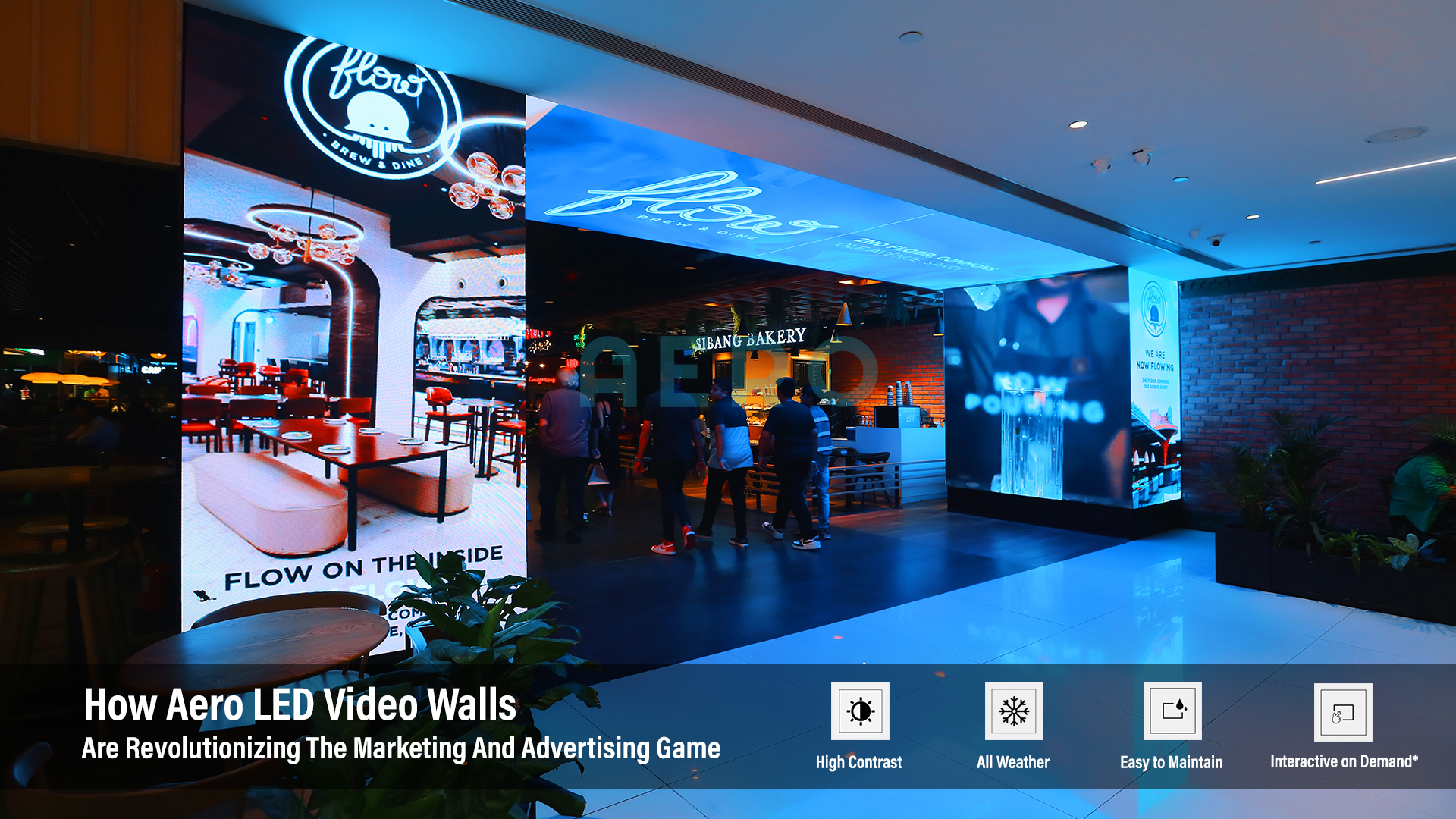Investigating The Way Resolution Affects the Functionality and Visual Caliber of LED Walls in Contemporary Display Techniques
Investigating The Way Resolution Affects the Functionality and Visual Caliber of LED Walls in Contemporary Display Techniques
Blog Article
LED walls are growing more and more popular in various settings, including musical events and athletic competitions to business displays and creative exhibits. One of the most important factors that affect the functionality and image clarity of these displays is resolution. Image resolution denotes the number of picture elements that make up the image on the display. Higher image clarity means more picture elements, which can lead to clearer and crisper images. Grasping how resolution affects LED walls can help users make knowledgeable choices about their screen requirements.
When talking about image clarity, it is crucial to take into account picture pitch, which is the distance between the center of one picture element to the midpoint of the following pixel. A smaller picture pitch results in a higher image clarity, enabling additional clarity in the images displayed. For example, an LED screen with a picture pitch of 1.5mm will provide a sharper visual than one with a picture pitch of 3mm. This is especially crucial in environments where audiences are near to the screen, such as in a small location or a exhibition show booth. In these cases, a higher resolution can significantly improve the observing quality.
Another factor of image clarity is its effect on color precision and luminosity. LED screens with higher image clarity often have better color rendering, meaning that the colors displayed are increasingly lively see this here and true to life. This is crucial for uses like marketing, where the goal is to attract interest and convey a message efficiently. Additionally, higher resolution screens can preserve brightness levels even when viewed from various angles. This is important in large locations where viewers may be seated at different ranges and angles from the screen.
The functionality of LED screens is also affected by image clarity in terms of update frequencies and reaction durations. A greater resolution screen can support quicker update frequencies, which is crucial for fast-moving material such as films and motion graphics. This indicates that the visuals on the display will look more fluid and increasingly seamless, improving the total observing quality. In comparison, reduced resolution displays may have difficulty with dynamic material, leading to blurriness or lag. Therefore, for events that depend on dynamic visuals, selecting a screen with a appropriate image clarity is critical.
In conclusion, resolution plays a vital role in determining the functionality and image clarity of LED screens. Elements such as picture pitch, color accuracy, brightness, refresh rates, and reaction durations all affect how efficiently a screen can convey data and capture audiences. As technology continues to advance, understanding these factors will assist operators choose the right LED wall for their specific requirements, guaranteeing that they obtain the optimal possible outcomes in their displays and occasions.